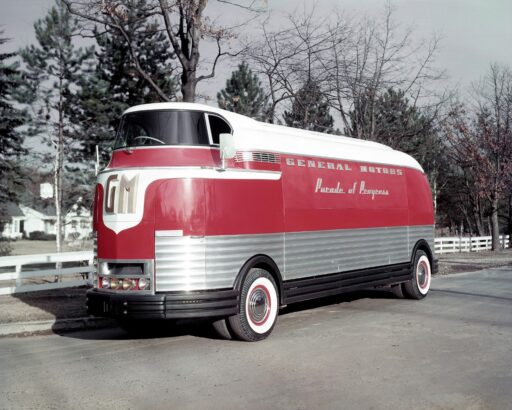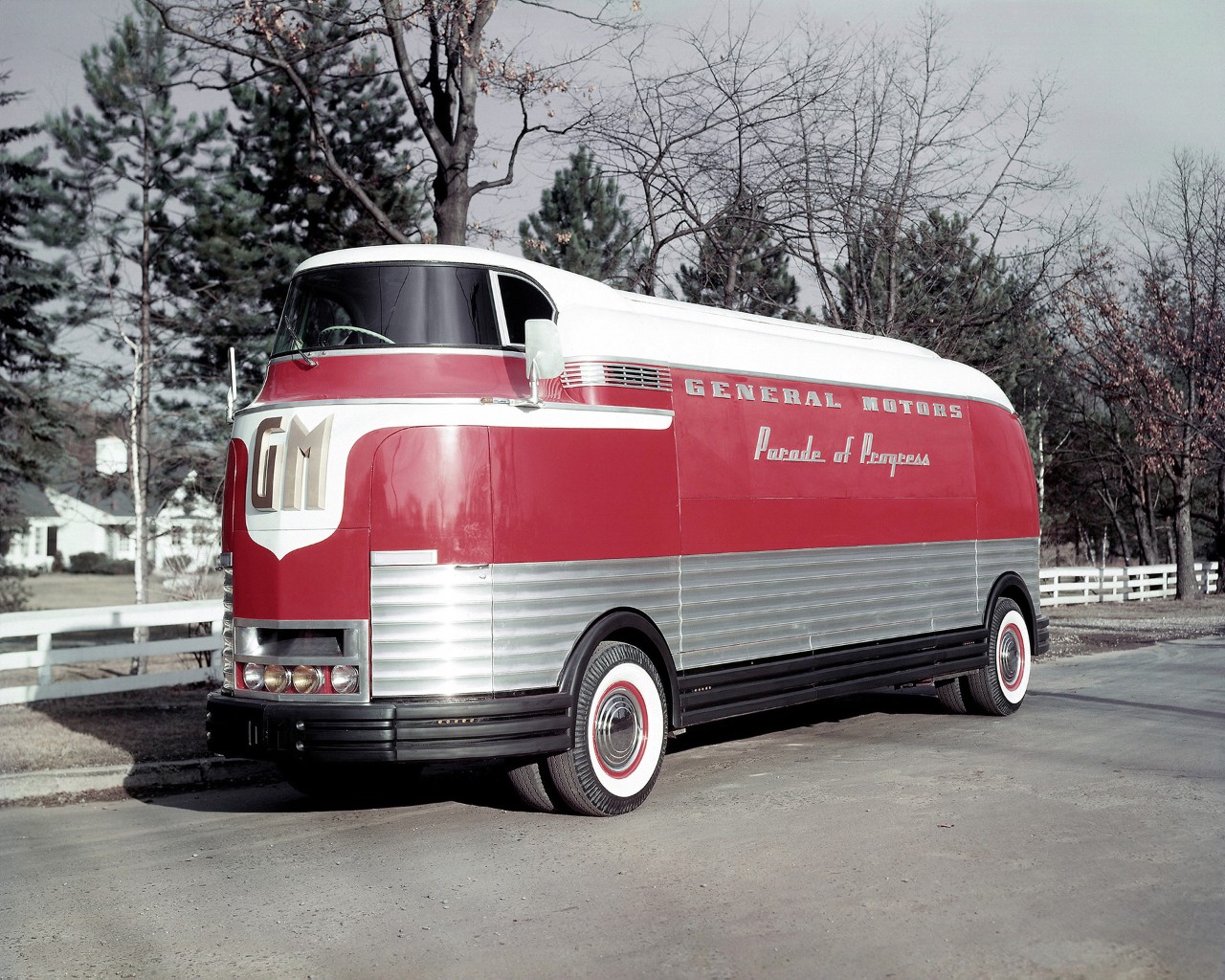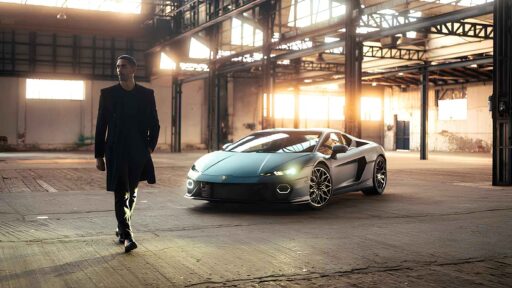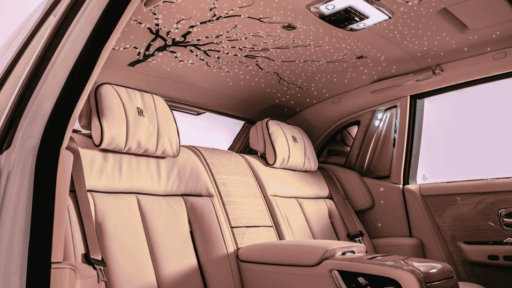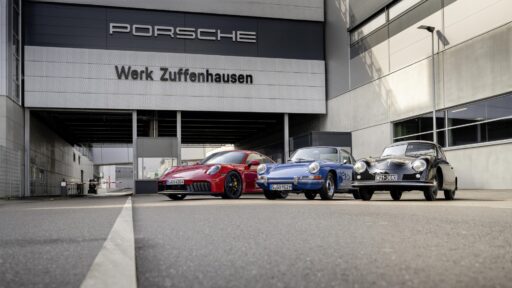For nearly two decades in the mid-20th century, General Motors’ Parade of Progress served as a dazzling mobile showcase of American innovation, touring cities across the country to bring the marvels of science, industry, and the future directly to the public.
At the center of this traveling tech spectacle stood the unforgettable GM Futurliner—a gleaming, red-and-chrome symbol of optimism and ambition that captured the spirit of an era when science seemed limitless.
READ MORE: Opel Launches Vivaro Electric Sportive – Style Meets Utility in Emission-Free Van
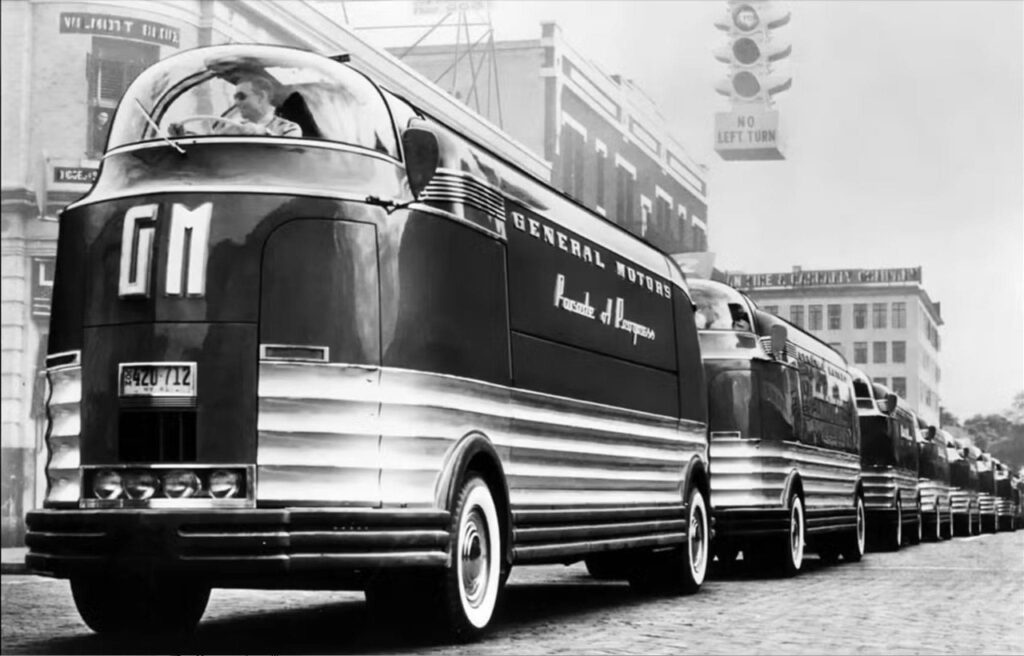
The origins of the Parade trace back to the 1933 Chicago World’s Fair, where GM’s massive exhibit space debuted “Appliances of Tomorrow” and a working Chevrolet assembly line. Determined to keep the momentum going, GM’s visionary research director Charles Kettering launched the first Parade in 1936.
It featured eight modified GMC Streamliner buses and nine support trucks loaded with exhibits ranging from auto engineering to sound oscillographs, touring 220 cities and attracting over 10 million visitors.
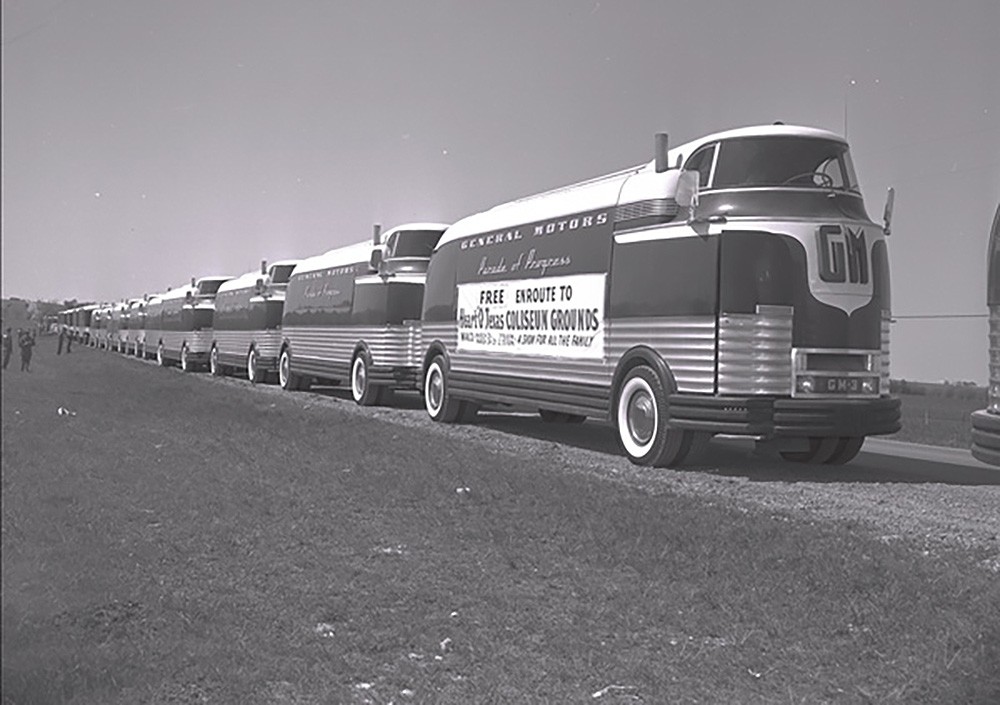
But it was the second Parade in 1941 that introduced the 33-foot-long, 15-ton Futurliner, a futuristic behemoth with a backlit Art Deco GM logo, white-wall tires, and dramatic 16-foot side doors that opened into mobile stages.
Built in Pontiac, Michigan, 12 Futurliners took to the road alongside other GM show vehicles and an inflatable “Aer-O-Dome” tent seating 1,500 people.
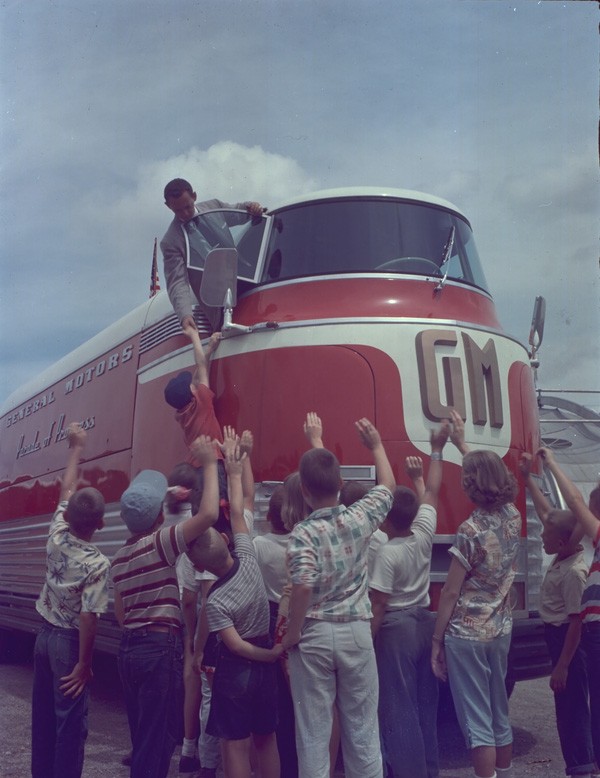
The exhibits featured groundbreaking tech such as black lights, early microwaves, and stereophonic sound—an engaging blend of education and entertainment. Yet, this tour was abruptly halted after Pearl Harbor and GM’s shift to wartime production.
The Parade returned in 1953, revamped with air conditioning and automatic transmissions for the Futurliners and new exhibits including the debuting 1953 Corvette. Still, the rise of television and changing public tastes led to declining audiences. By 1956, GM officially retired the program and sold off the Futurliners.
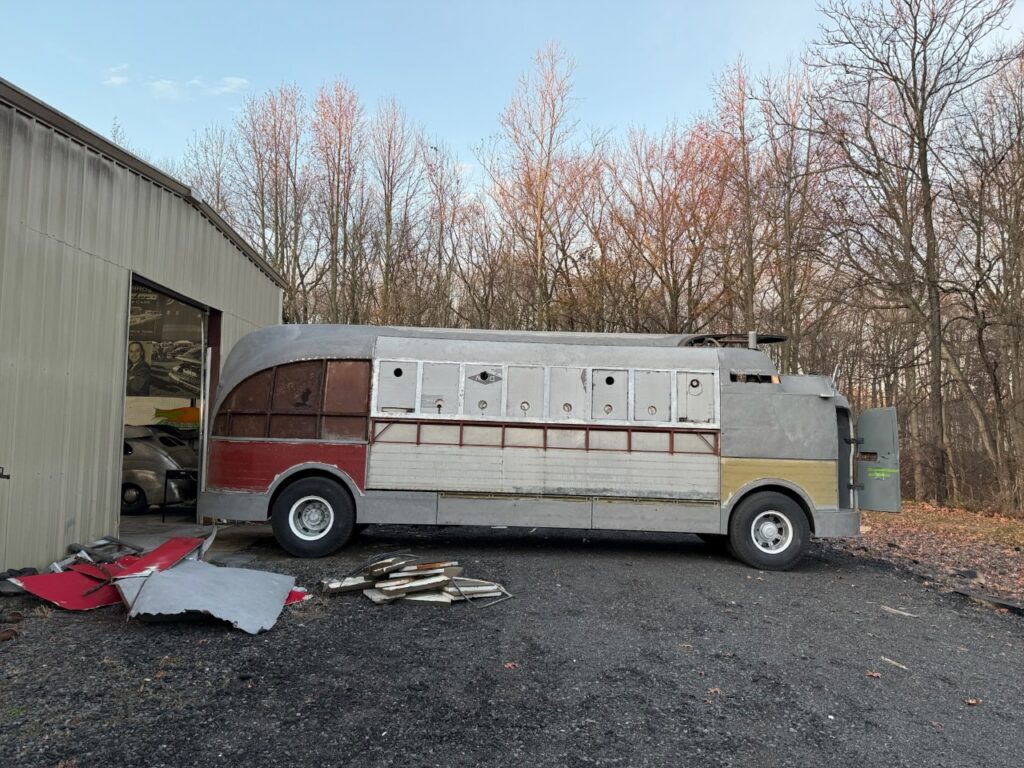
Today, only a handful survive. Futurliner No. 10, which once featured a 3D sound exhibit and a Soap Box Derby display, is housed at the National Auto & Truck Museum in Indiana, meticulously restored after years in private hands.
Another, recently bought for $925,000 via Facebook Marketplace by a collector behind L.A.’s “Caretakers Collection,” is undergoing a million-dollar restoration and will debut at the Petersen Automotive Museum in December 2025.

While the GM Heritage Center doesn’t own a Futurliner, it does preserve the only known surviving exhibit—“Our American Crossroads”—a charming, mechanized diorama of America’s transformation from rural towns to bustling suburbs, once housed in Chicago’s Museum of Science and Industry.
In today’s era of EVs, AI, and autonomous tech, GM continues to push innovation, but the original Parade of Progress—with its wide-eyed wonder and hands-on enthusiasm—remains a timeless reminder of a more hopeful, imaginative time. Maybe it’s time to roll out the Futurliners once more.
READ MORE: Toyota’s bZ4X Becomes a Moving Canvas for Local Artists at Miami’s Art Week
Subscribe today for the freshest car news delivered to your inbox
